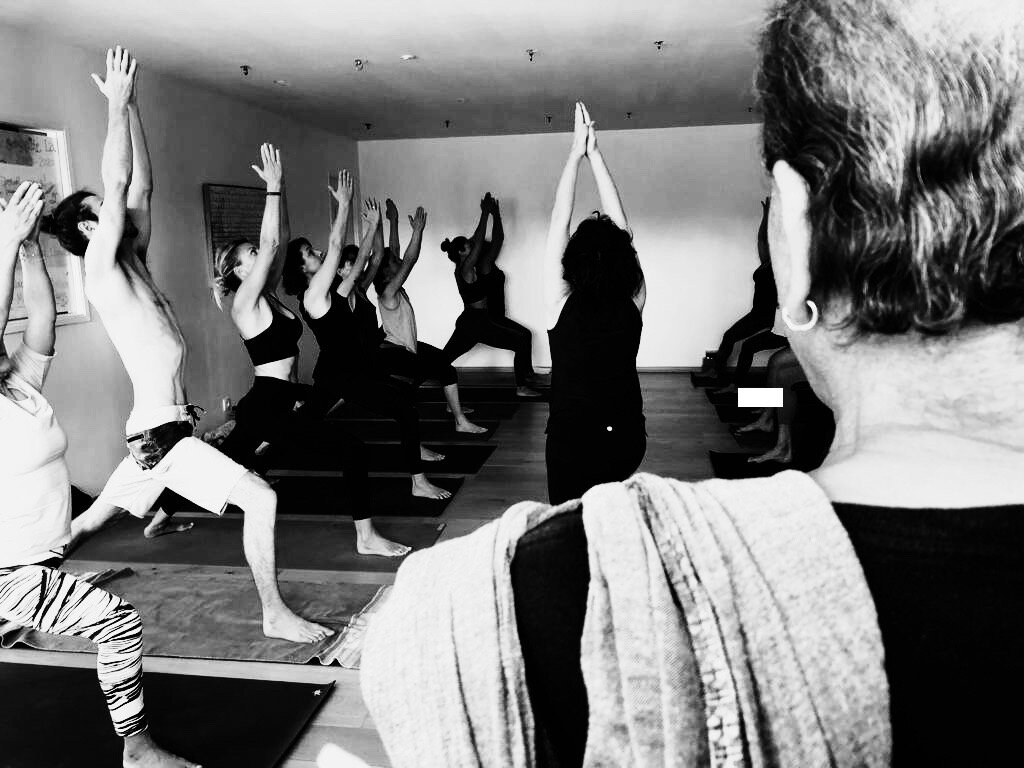Traditional Ashtanga Yoga
‘this practice delivers a powerful punch of functional movement, yoga therapy, breathing, energetics &meditation’
Traditional Ashtanga yoga draws from the teaching of Sri. T Krishnamacharya, the father of modern yoga whose teachings were passed down to his student, Sri. K. Pattabhi Jois.. While Jois’ teaching paralleled that of his teacher, with the inclusion of asanas and pranayama, Jois’s main contribution was the development of three specific sequences: yoga chikitsa (primary series), nadi shodhana (intermediate series), sthira bhaga (strength & stability), known today worldwide as the Ashtanga Vinyasa Yoga.
Jois taught this traditional practice from his shala in Mysore, India for over six decades. Visits from early western students led to the proliferation of this practice in the West. With Jois’ passing in 2009, Manju Jois, his eldest son became recognized as the foremost authority on the practice of Ashtanga Yoga. Manju now travels worldwide teaching the asana practices as taught to him my his father along with the ancient practices of pranayama and mantra meditation. In Manju’s view, many of the traditional yoga practices have been lost in the translation of yoga to the West.
Taught in the tradition, the practice uses breath while practicing asana to create strong healing affects on the body and mind. The breath is central to the efficacy of this practice, activating the body’s relaxation response, allowing the asana to be practiced safely while offering deep internal healing for all body systems - the breath is the connection to the mind. The asana practices themselves offer intelligent sequencing, functional movement & effective physical therapy. Asana practice is viewed as preparation for more advanced yoga techniques of pranayama and meditation.
The mysore method is the traditional teaching method for ashtanga yoga. In this style of teaching, students memorize the asana sequences and under the guidance of a teacher are taught one on one in a small group. Participants are offered therapeutic assists to help in their development though difficult asana and, to ensure safe practice. Mysore teaching allows participants to work to their own level of practice and lifestyle goals, supporting the idea that the teaching of yoga isn’t ‘one size fits all’. As well, this method aids the development of a self-directed home practice as practitioners eventually gain the confidence and knowledge to safely practice independently. Classes are also offered in led format - these sessions are a great way to learn, practice with your community and keep us connected to the vinyasa. As well, pranayama is an integral part of this yoga system and is taught in both mysore and led classes. The practice of asana and pranayama can take from 60-75 minutes, shorter practices for as little as 20 minutes also offer tremendous benefit. Whether you want to do a little movement and breathwork or, want to go whole hog and learn the full system, this yoga method offers something for all.

